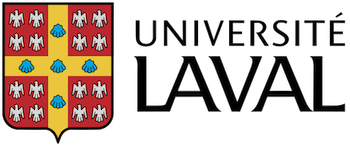Single Day Outdoor Photometric Stereo
Photometric Stereo (PS) under outdoor illumination remains a challenging, ill-posed problem due to insufficient variability in illumination. Months-long capture sessions are typically used in this setup, with little success on shorter, single-day time intervals. In this paper, we investigate the solution of outdoor PS over a single day, under different weather conditions. First, we investigate the relationship between weather and surface reconstructability in order to understand when natural lighting allows existing PS algorithms to work. Our analysis reveals that partially cloudy days improve the conditioning of the outdoor PS problem while sunny days do not allow the unambiguous recovery of surface normals from photometric cues alone. We demonstrate that calibrated PS algorithms can thus be employed to reconstruct Lambertian surfaces accurately under partially cloudy days. Second, we solve the ambiguity arising in clear days by combining photometric cues with prior knowledge on material properties, local surface geometry and the natural variations in outdoor lighting through a CNN-based, weakly-calibrated PS technique. Given a sequence of outdoor images captured during a single sunny day, our method robustly estimates the scene surface normals with unprecedented quality for the considered scenario. Our approach does not require precise geolocation and significantly outperforms several state-of-the-art methods on images with real lighting, showing that our CNN can combine efficiently learned priors and photometric cues available during a single sunny day.




